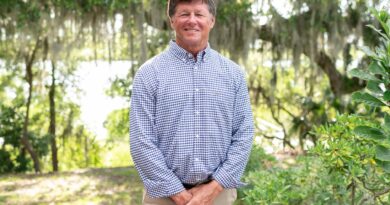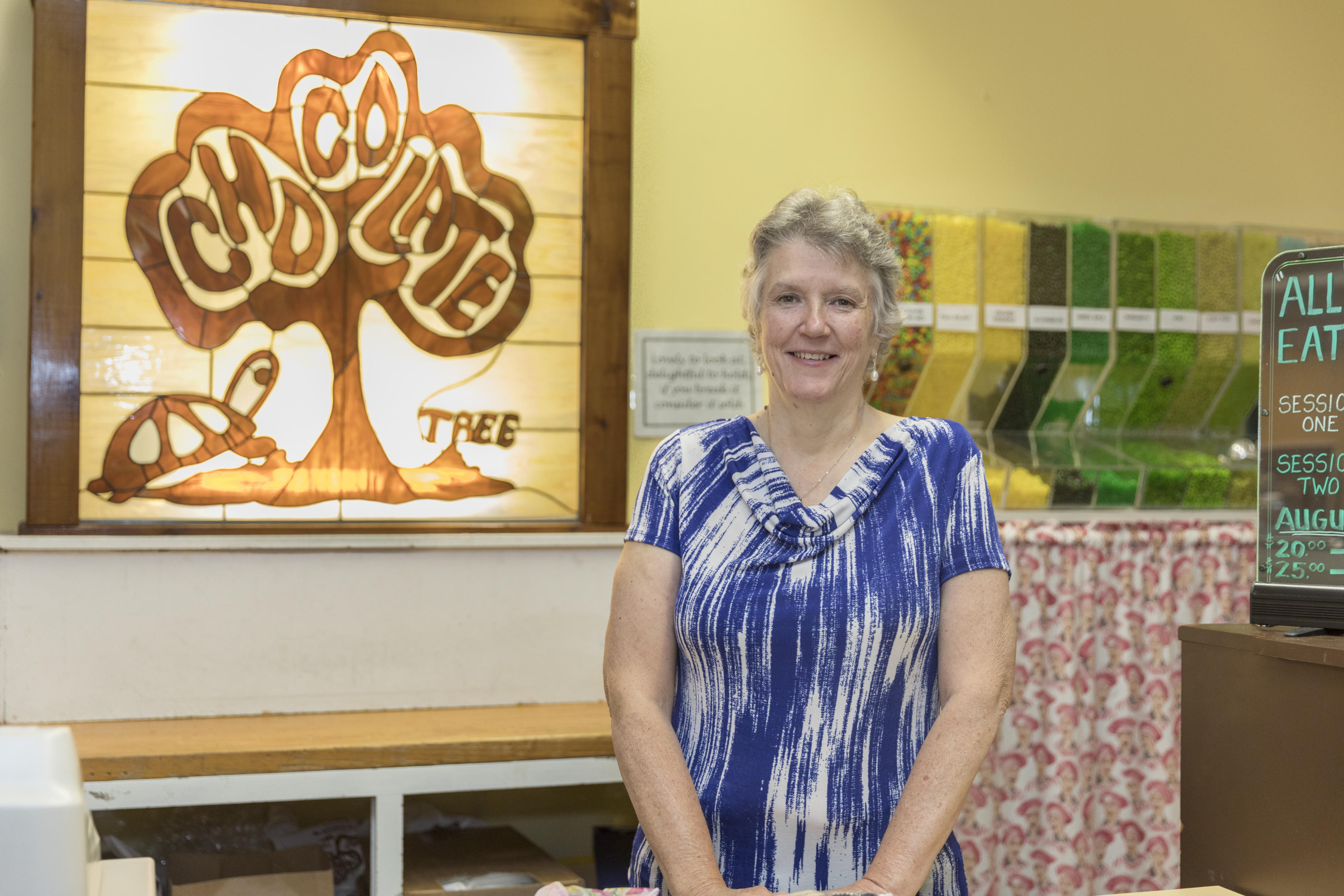“There is a certain peace of mind that comes from supporting a farmer or a fisherman.”
It’s simple, it’s straightforward and it makes such very, very good sense: buy right from the supplier. In this case, buy from your local fisherman. Craig Reaves of the family owned Sea Eagle Market, has started the only Community Supported Fishery (CSF) in Beaufort. Sea Eagle Market’s CSF supports other fisherman in the region from Murrell’s Inlet, Shem Creek, St. Helena Island and Port Royal, so everything you buy comes off the boat somewhere close to home. There are many reasons to support your CSF and those are that you get freshly caught seafood, you form a relationship with the local fishermen, you save money, and you enable the fishermen to re-establish fleets, maintain their vessels, and keep the heritage that has been so important – especially to this part of the country – alive and thriving.
CSF is based on the Community Supported Agriculture (CSA) model, which has been a way for consumers to purchase local, seasonal food from farmers for over twenty five years. (Pinckney’s Produce in Beaufort is a CSA). CFS’s are popping up all over the country because they work – for the fisherman and the consumers. It’s like a joint venture – the consumer pays for the seafood in advance, enabling the fisherman to purchase supplies, etc. that he may need ahead of time.
The way it works is that you pay for a certain amount of seafood according to your needs, it runs by the season, specifically for Sea Eagle – 12 weeks. The seafood is dropped off at convenient locations in Beaufort, Port Royal, Callawassie and Hilton Head, and your seafood is in a cooler bag. You pick up your seafood, leave last week’s cooler bag, take the seafood home and enjoy it. For a family of 2 for 12 weeks, the savings over store buying are $180.00; there is enough seafood for 2 to 3 meals per week of the program. Every week, the selection is different but an idea of what might be in the cooler bag is: 1 1/2 pounds of shrimp, 2- 8oz. filets of fish (grouper, mahi, or perhaps triggerfish), 2 dozen clams and a recipe. The shrimp might be jumbo one week and peeled and deveined another. About twice during the season other South Carolina food products will be included, perhaps a bag of stone ground grits to make shrimp and grits.
If this is a new concept to you and you’re not sure if you will eat that amount of seafood, or you are planning to go away, you can freeze the seafood. You can have a friend pick it up if you’re out of town, and you can make a substitution if necessary due to allergies. Or you can share the program with a friend or neighbor, cooking together or alternating weeks. Every distribution of seafood comes with a recipe which allows the consumer to try new and different varieties.
Have you ever even thought about where that pretty piece of fish in the grocery store case came from, or how long it took to get there? 91% of seafood purchased in the US is imported. Most of the rest of it comes from an industrial seafood company and it has travelled well over 5,000 miles from the landing dock to the point of sale. Your fish has taken a journey equivalent to a road trip from Fairbanks, Alaska to Key West, FL. Actually, that salmon fillet may have come from a lot further away if it took the circuitous route from being illegally caught in Russia, processed in China (with salmon chum for extra yum), trans-shipped to South Korea for a stay in a warehouse, and then transported by sea to this country where it may again stay in a warehouse for several months before being loaded on a truck or train to it’s final destination. Sound appetizing?
The concept of Sea Eagle’s CSF is to feature South Carolina seafood, and keep it in South Carolina. On a day where 20,000 to 30,000 pounds of fish are off-loaded in Port Royal, they can get packed in a truck and be shipped to Boston for processing, then get shipped out of Boston and go all over the country. That creates a large carbon footprint. Craig’s ideology is to take the fish or shrimp from the boat, clean and pack them at Sea Eagle Market and load them in trucks that will deliver them to restaurants in South Carolina within 24 hours. The revenue stays in the state, the seafood is fresh, and a much smaller carbon footprint has been left.
Let’s look at the big picture – a whole lot of fish comes into this country from all over the world. Here are some of the problems with that. According to Marine Policy (48 – 2014), “Illegal, unreported and unregulated fishing is a significant global problem jeopardizing ecosystems, food security and livelihoods around the world. Our protein hungry planet faces an unprecedented crisis of overfishing 85% of all commercial stocks are now fished up to their biological limits or beyond.” Overfishing is only one of the issues, sustainable use of ocean resources is another, illegal and unreported fish are flooding the US seafood markets. These illegal and unreported fish pose a financial threat to our own fisherman and also to the consumer in terms of lack of information about harvesting and processing. Next time you reach for a can of tuna in the grocery store, be aware that, again according to Marine Policy, in 2011: 187,189 metric tons ( 412,676,869.4 pounds) of canned tuna was imported valued at $719,293,937.00 and fresh and frozen tuna imports totaled 107,679 metric tons (237,389,123.4 pounds) valued at $651,366,670.00. That $1,370,660,607.00 (yes, you read it right, that figure is one billion, three hundred and seventy million, six hundred and sixty thousand, six hundred and seven dollars) – for 650,065,992.8 pounds of tuna (six hundred fifty million, sixty five thousand, nine hundred ninety two. eight pounds) would be way better off spent at home on local fish; and those figures are only for tuna!
Do your research – buy local; support your community, rest assured that your seafood is local and sustainable. As Craig says, “There is a certain peace of mind that comes from supporting a farmer or fisherman. You not only get the best products available, but you’re also helping someone in your community.”
Story by MARY ELLEN THOMPSON
Photography by JOHN WOLLWERTH



